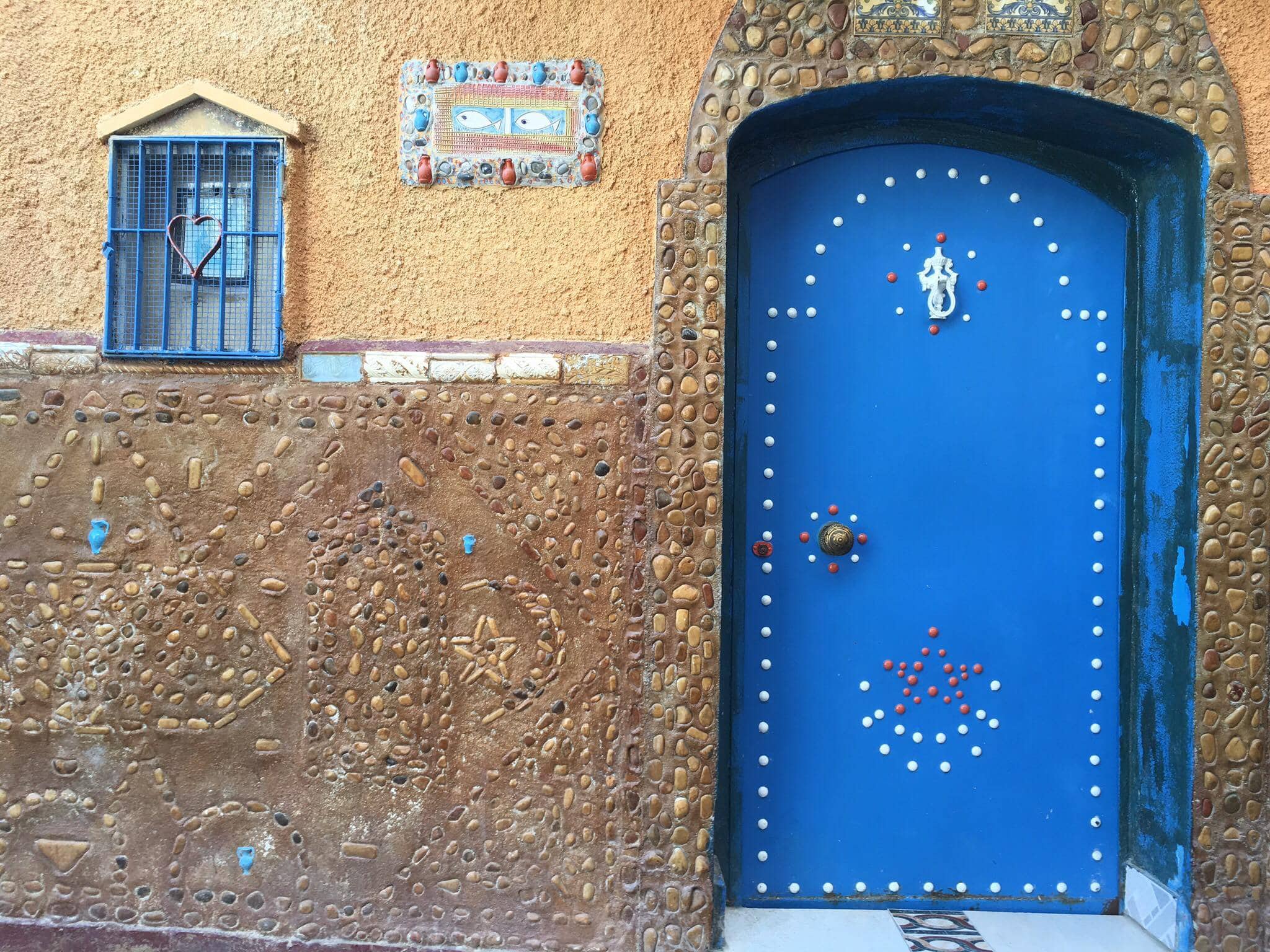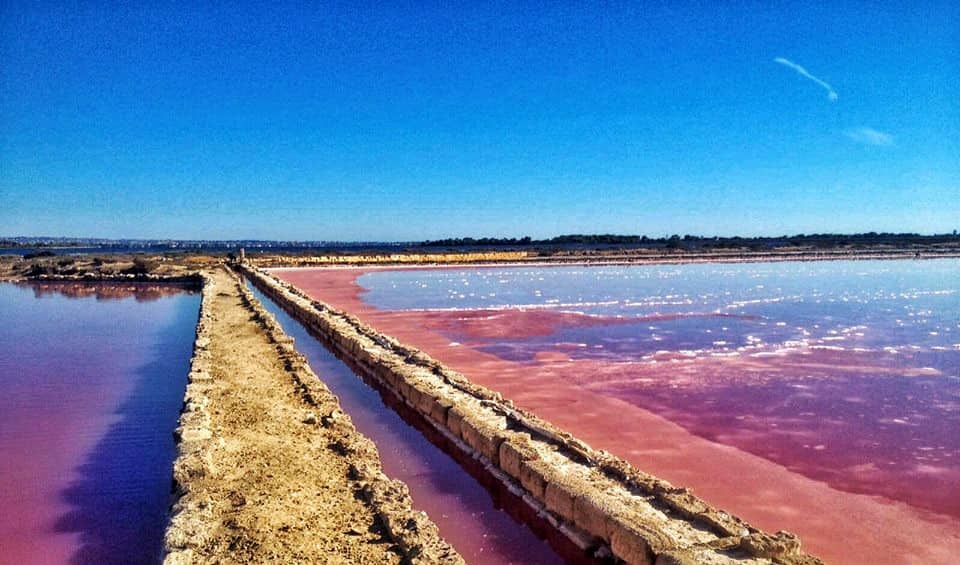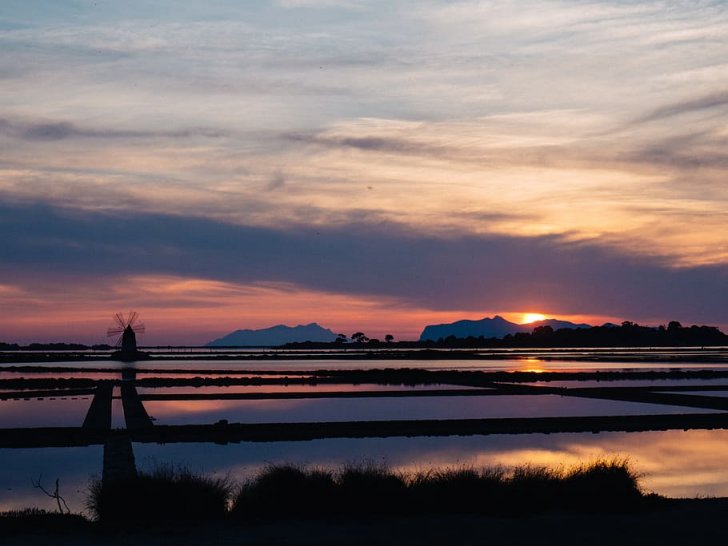
The Crack of Burri (Gibellina)

In 1968, Gibellina, a small town in the Belice Valley, was destroyed by an earthquake. The new city was rebuilt not far away but the mayor of that time L. Corrao called some artists to remember and sublimate the memory of the old city razed to the ground. It was Burri who had the best idea of building 80 thousand square meters of white concrete and detritus that travels through the streets of the old city and they are deep cracks, symbols of the pain caused by the earthquake.
The work of the Crack of Burri, which began in 1985 and was interrupted in 1989, covered about 60,000 square meters compared to the 80,000 planned; 30 years after the start of construction in May 2015, the work was completed as desired by Burri, who disappeared in February 1995. In addition, in 2019, the Museum of the Great Crack of Gibellina was inaugurated inside the old Church of St. Catherine, the only building left "alive" after the earthquake.
The Casbah of Mazara del Vallo

One of the greatest symbols of this cultural “twist” is the Casbah (or Kasbah) of Mazara del Vallo, a place highly filled by the Islamic influence. It is, indeed, improper to use this term because the structure of the Arab quarter has recently been revived by street artists who have redescribed it with an open sky museum of painted majolica on the walls and on the ground, wall painting shutters depicting the local cultural variety, colorful cloths suspended on the road and the smell of ethnic cooking. Art becomes a weapon of antidegradation, of cultural celebration, and of a tourist hub.
Isola Lunga or Isola Grande (Marsala)

The long island can be reached by wade from the beach of San Teodoro and arriving there, it is possible to make your own visit or join guided tours of different kinds: Safari route to discover fauna and flora (beloved guests are mainly pink flamingo), and the Beauty path through immersion in pink water (rich in crystal salt ).
About the author
Written on 31/01/2021



Eleonora Monaco
The district of Trapani offers to visitors artistic and naturalist treasures. Here, we suggest three timeless places to be visited in every period of the year because they are special.